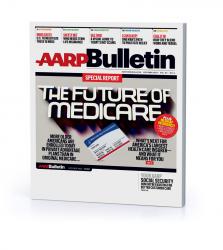Content Creation By –and For — Humans
AI algorithms can produce thousands of words quickly without needing a human to do research or writing. What’s more, “most AI-generated content will be grammatically correct,” itseeze.com authors concede. AI tools are certainly cost-effective in terms of time-saving, but “there are also risks that you need to be aware of.” As a blog post content creator for so many years, I was interested in itseeze.com’s list of specific disadvantages of using AI for blogging:
- Inaccuracies (the more AI content generated in the public space, the more likely it is that inaccuracies will increase, as the algorithm searches its own content).
- Plagiarism (by “stitching and combining” content, as well as “parroting’ existing content), AI tools can easily fall into plagiaris.
- Devaluing of content (AI is capable of mimicking humans, but lacks personalization and the ability to generate new ideas).
- Lacking in personalization (because AI relies on already existing content, it is not identifying the user’s intent and “common sense behavior”).
Wow! Talk about food for thought for us content marketers…Revisiting our own Say It For You mission statement, we note our devotion to creating content based on understanding each client’s unique ways of doing business. Our policy of one-client-per-market is designed to avoid conflicts of interest, so that we can give our best work to each business or practice owner, based on coming to understand and then helping express their personal values and priorities. What’s more, as per our Say It For You client agreement, all rights to the content we’ve created are assigned to the client.
As to the potential devaluing of content through using AI, in surveys, it was discovered that the main reasons people share online content is that they enjoy bringing value to others, but also as a way to define themselves to others, coschedule.com explains. In practical terms, that means adding value (not devaluing), helping business owners and practitioners express their own new and original ideas, and their “take’ on current happenings in the community they share with their target readers.
“Human writers play a crucial role in content creation. They bring creativity, emotions, and empathy that are difficult to replicate by machines. They also have the ability to understand nuances of language, context, and cultural subtexts that are often lost in machine-generated content,” aicontentfy.com opines. “AI does not have emotions.”
At Say It For You, content creation will continue to be generated by human writers, meant for our very human readers!






Follow us online!